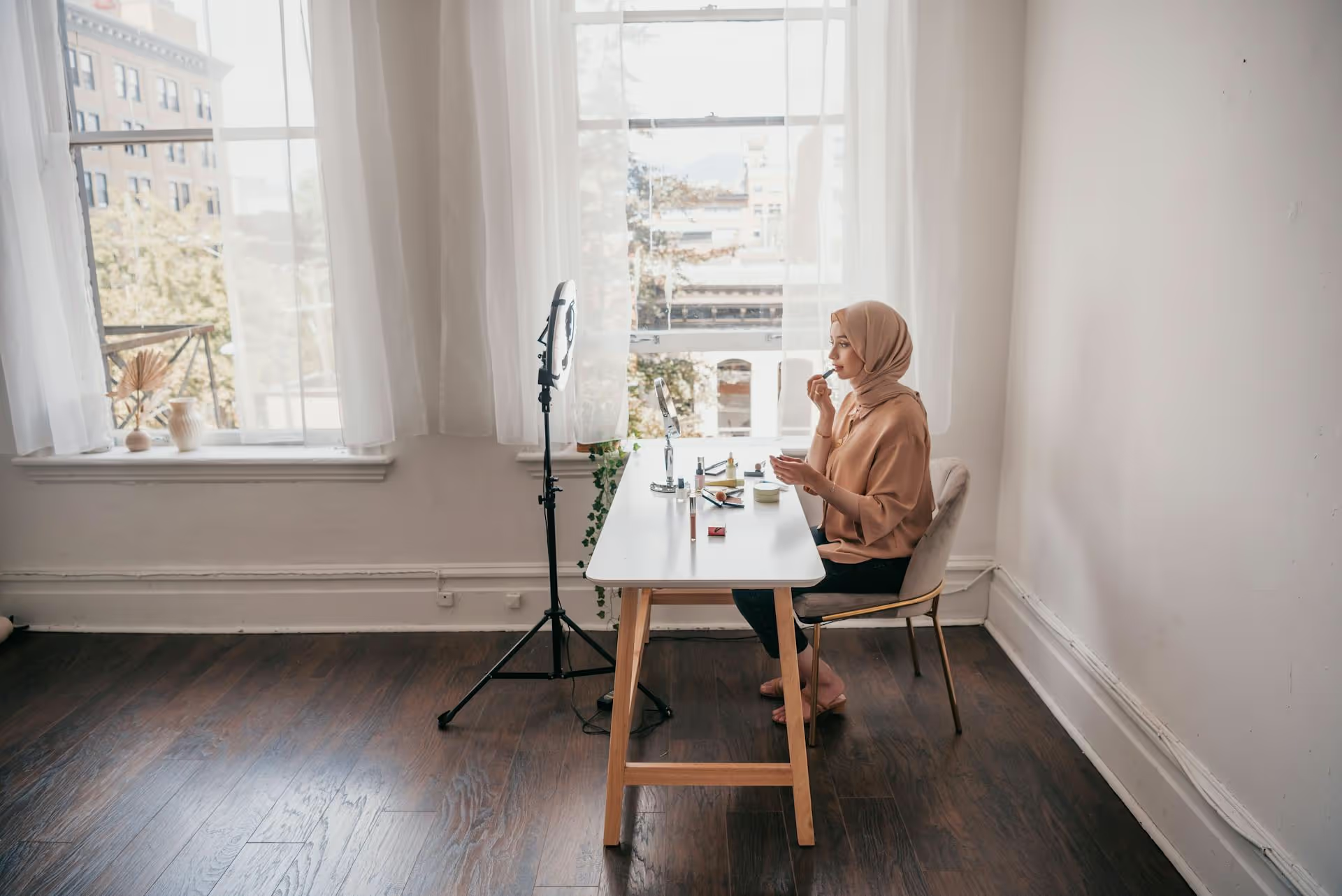How to Add Social Media Icons to an Email Signature
Enhance your email signature by adding social media icons. Discover step-by-step instructions to turn every email into a powerful marketing tool.

Collaborating with influencers on a product launch can supercharge your visibility and build instant trust with your target audience. This guide walks you through the entire process, from finding the right creators to structuring your campaign and measuring its impact. We'll give you a clear, step-by-step roadmap to make your next product launch your most successful one yet.
Working with creators isn't just about getting a shout-out, it's a strategic move to leverage their audience, creativity, and credibility. When you hand your new product to a respected voice in your niche, you're not just showing it off - you're getting a genuine endorsement that reaches an engaged community. This generates authentic buzz that advertising alone often can't buy, building social proof and driving conversions right from day one. An influencer partnership turns a simple announcement into an event people are excited to be a part of.
Before you even think about reaching out, you need to know what success looks like. What do you want to achieve with this campaign? Your goals will determine which influencers you work with and how you measure the results.
Common goals for a product launch include:
The right influencer isn't necessarily the one with the most followers. The perfect partner has an audience that mirrors your ideal customer and a content style that fits your brand's voice. Don't get distracted by huge follower counts, focus on a creator's connection with their community.
Once you have a shortlist of potential influencers, it's time to reach out. Generic, copy-pasted messages get ignored. Your outreach needs to show that you've done your homework and genuinely value their work. This is the beginning of a relationship, not just a transaction.
Don't let your first interaction be a cold ask. Follow your target influencers for a week or two before reaching out. Like and comment on their posts in a meaningful way. Get a feel for their voice and their community. This small investment shows you see them as a creator, not just an advertising channel.
Keep your outreach concise, personal, and clear. Influencers are busy, so get straight to the point while still being friendly.
Your message should include:
Honesty is your best asset here. If your budget is limited to "product-only" compensation, be upfront about it, and focus on collaborating with smaller (nano or micro) influencers who are often open to these partnerships as they build their portfolios.
A successful influencer launch isn't a one-and-done post. It's a coordinated campaign built around three key phases: pre-launch, launch day, and post-launch. This allows you to build momentum, make a big impact on a key date, and keep the conversation going.
(2-4 weeks before launch)
The goal here is to create suspense and curiosity. You're not revealing everything, just giving your audience a sneak peek and a reason to be excited. Have your influencer partners:
(The day of your product launch)
This is when everything goes live. Coordinate your influencers to post within a specific window to create a wave of content that dominates your niche's social feeds. Activities can include:
(1-3 weeks after launch)
The buzz from launch day shouldn't disappear. Keep the momentum going by nurturing the conversation and continuing to highlight your product's value.
To avoid miscommunication, every influencer partnership needs a clear campaign brief and a simple agreement or contract. This document protects both you and the creator and ensures everyone is on the same page.
Your brief should clearly outline:
Put everything in writing, including compensation, content ownership and usage rights, and deadlines. A formal agreement signed by both parties is always recommended.
After the campaign wraps up, you need to analyze the data to understand your return on investment (ROI). Track metrics that align with your initial goals.
Reviewing this data will not only tell you what worked with this launch but will also provide insights to help you choose better partners and run even more effective campaigns in the future.
Partnering with influencers for a product launch is one of the most effective ways to generate buzz, build credibility, and drive real business outcomes. By setting clear goals, finding authentic partners, structuring a thoughtful multi-phase campaign, and tracking your results, you can turn your launch day into a major event.
Coordinating a multi-phase campaign with several influencers can get chaotic fast, especially when you're trying to manage content schedules across Reels, TikTok, and Stories. We built Postbase to simplify exactly this kind of complexity. Using our visual calendar, you can map out your entire influencer launch timeline at a glance, scheduling posts ahead of time and ensuring every piece of content goes live exactly when it's supposed to, without the chaos of spreadsheets or unpredictable publishing errors.
Enhance your email signature by adding social media icons. Discover step-by-step instructions to turn every email into a powerful marketing tool.
Learn how to add your Etsy link to Pinterest and drive traffic to your shop. Discover strategies to create converting pins and turn browsers into customers.
Grant access to your Facebook Business Manager securely. Follow our step-by-step guide to add users and assign permissions without sharing your password.
Record clear audio for Instagram Reels with this guide. Learn actionable steps to create professional-sounding audio, using just your phone or upgraded gear.
Add translations to Instagram posts and connect globally. Learn manual techniques and discover Instagram's automatic translation features in this guide.
Optimize your Facebook Business Page for growth and sales with strategic tweaks. Learn to engage your community, create captivating content, and refine strategies.
Wrestling with social media? It doesn’t have to be this hard. Plan your content, schedule posts, respond to comments, and analyze performance — all in one simple, easy-to-use tool.